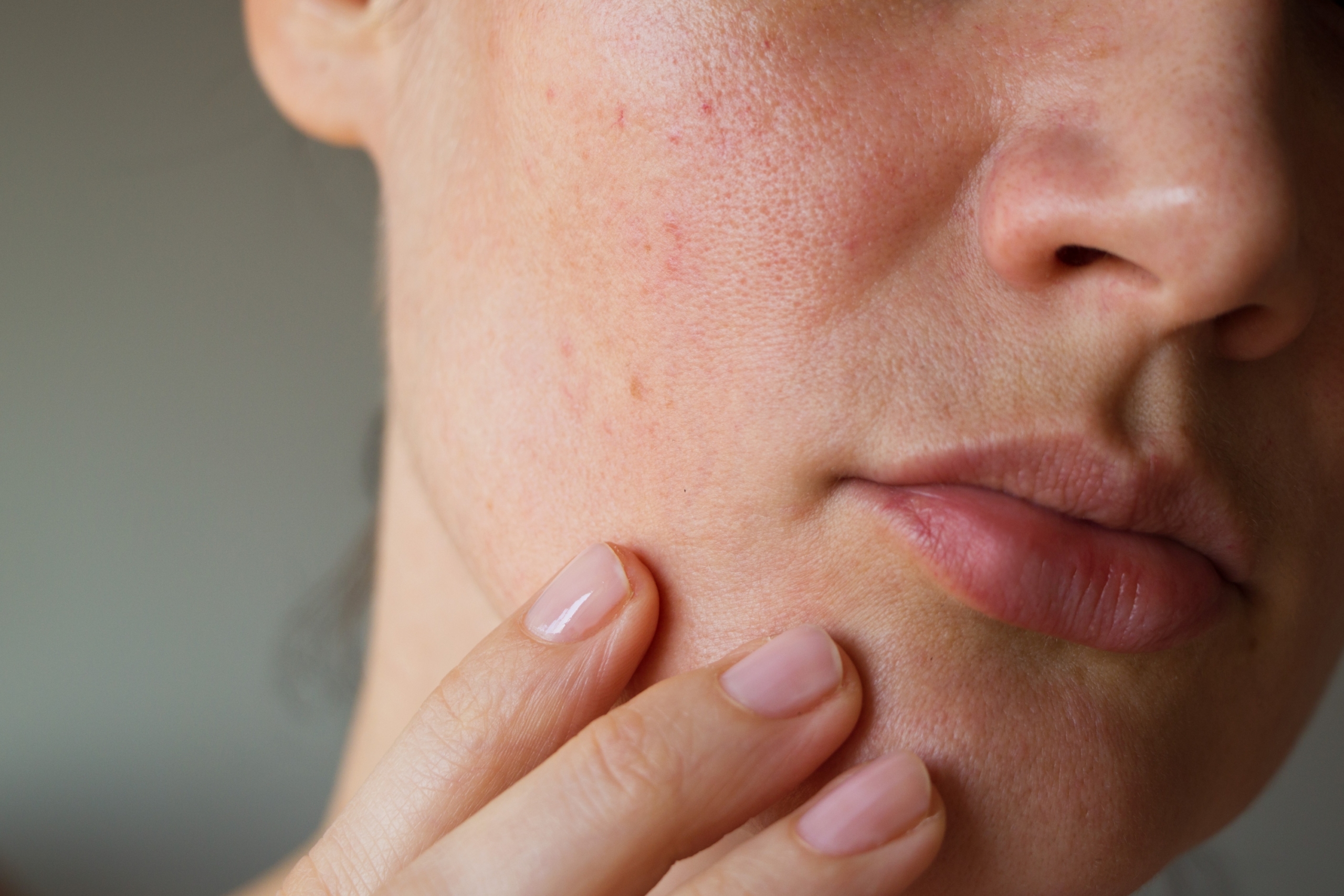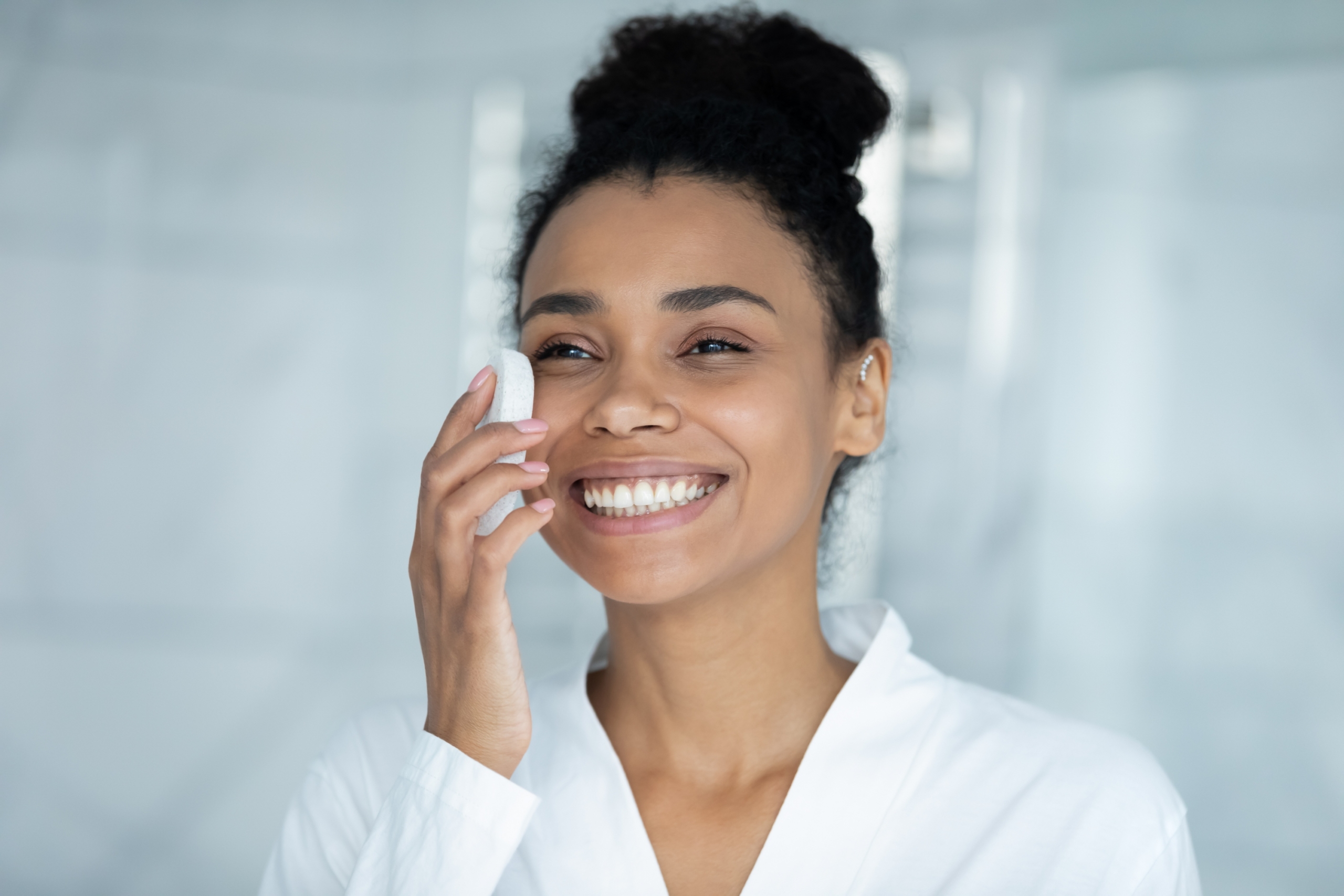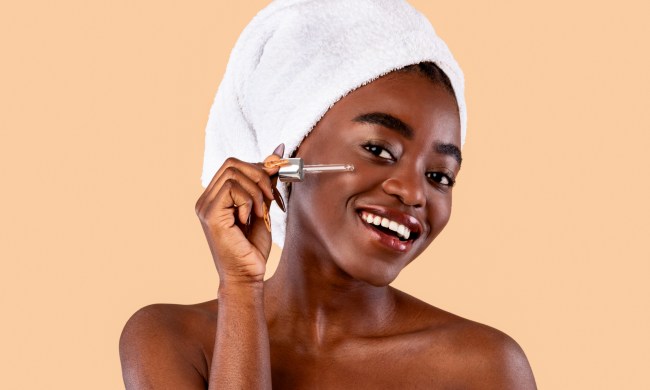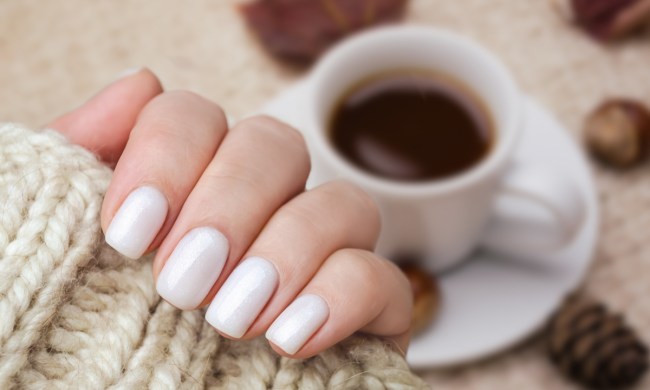It’s awful. You wake up, make your way to the bathroom, and when you look in the mirror you’re confronted by large, open pores across your face – and when you zoom in, you see even more gaping pores throughout your nose. If you’re looking to reduce the size of pores on your face, read on to learn why they appear and how to get rid of them once and for all.
Why pores appear
Pores appear for many reasons and some may not be entirely under your control. Below are some of the common reasons why you may be experiencing enlarged, clogged, or noticeable pores.
Genetics
People often experience noticeable pores on their face because of genetics. Similar to redness, oily skin, and cystic acne, pores can sometimes be a result of the information within your DNA. This isn’t to say that genetic skin conditions will be impossible to treat. However, if you aren’t experiencing any of the other causes of pores on this list, look to your family line and see if it’s a genetic trait. If so, you can always speak with other family members who treated it successfully or consult a dermatologist to create a plan of action.
Age
Recent studies found that until age 30, your skin goes through a monthly process called desquamation. This process is a natural cleansing and shedding process to remove dead skin, dirt, and oils. After age 30, this process slows down, resulting in clogged and enlarged pores.

Sun damage
Sun damage is a leading cause of many skin problems. Over time, harmful UV days can age the skin, reduce moisture intake, remove collagen, and reduce skin elasticity. As your skin shrinks and tightens, pores may begin to appear larger and more prominent as they are essentially “pulled open” from the damages done to the surface of your skin.
Excess oils and dead skin
Excess oils and dead skin are a major cause of large, clogged pores. Your skin is exposed to the elements of day-to-day life, leaving dirt and grime all across your skin. If you don’t cleanse and exfoliate regularly, this dirt and oil will build up and wreak havoc on your skin.
How to reduce the appearance of pores
There are specialized treatments, lotions, and mineral oils that work to minimize the appearance of pores. Below, we’ll cover some basic solutions for those who have experienced open pores recently. If you have an ongoing condition, or your situation worsens, you may want to reach out to a dermatologist.
Clean your face regularly
One of the best things you can do to minimize and reduce the presence of pores is to clean your face regularly. A healthy, daily skincare routine will keep your face free of excess oils, dead skin cells, and dirt that accumulates throughout the day. Finding the right skincare products for your skin type can take time, but there are several resources available to discover what will work best for you.
Look out for products that specialize in your skin type, whether it’s oily, dry, or combination.
Exfoliate
Pores often appear larger than they are due to dead skin cells and dirt clogging them on the inside. Exfoliation reduces clogged pores, leaving you with fresh, smooth-looking skin. Find your perfect exfoliator to start your journey toward a clean face free from clogged pores and blackheads.

Wear sunscreen
Dermatologists and other skincare specialists recommend that you wear sunscreen each and every day, even if it’s cloudy. Aside from protecting your skin from sunburns, sunscreen will also reduce the sun damage that might not even be visible to you. This ensures your skin retains its natural collagen and elasticity, resulting in a youthful glow.
Beyond the above remedies, it is also important to maintain a healthy diet and exercise, along with drinking lots of water which boots your skin’s natural dead cell-shedding process.
When to see a dermatologist
If you are still unsure of the root cause of your open pores or you’ve tried all of the remedies above will little results, it may be time to seek out a professional. Consult a dermatologist for an individualized plan to treat your skin conditions.
Disclaimer: BlissMark provides information regarding health, wellness, and beauty. The information within this article is not intended to be medical advice. Before starting any diet or exercise routine, consult your physician. If you don’t have a primary care physician, the United States Health & Human Services department has a free online tool that can help you locate a clinic in your area. We are not medical professionals, have not verified or vetted any programs, and in no way intend our content to be anything more than informative and inspiring.



